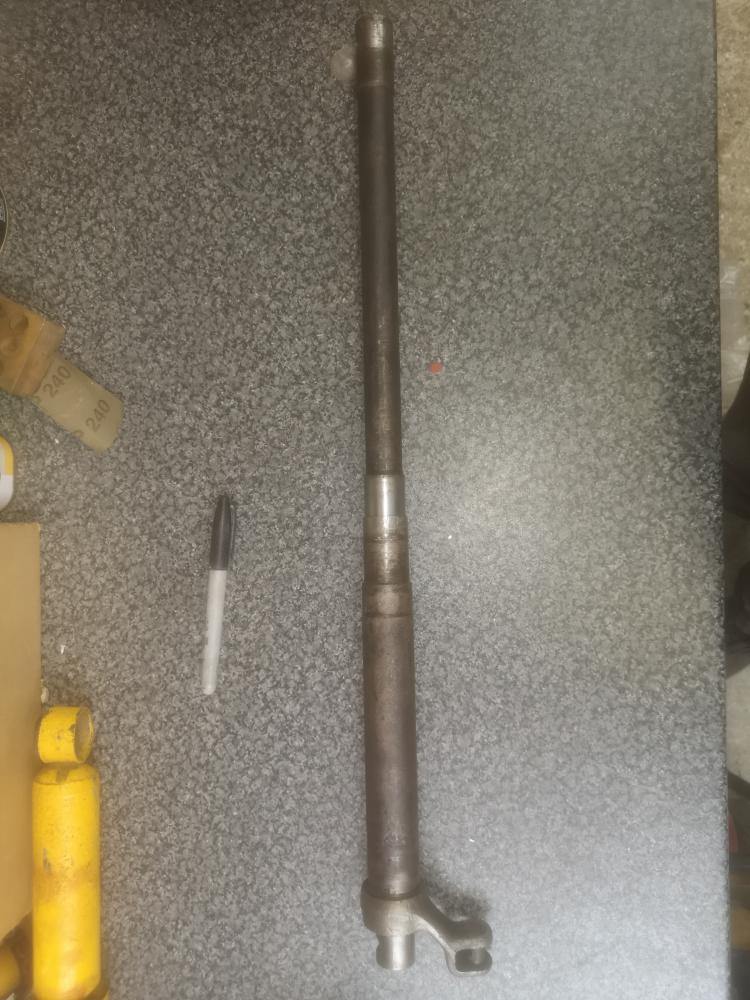Joined: Aug 2017 Posts: 217 Threads: 19
Reputation:
1
This is a well discussed item , if you search "cross shaft" on this site or on the previous BRAVENET site , you should find more than you need.
Joined: Aug 2017 Posts: 926 Threads: 52
Reputation:
5
Location: The delightful town of Knaresborough, North Yorkshire
No Pete, this did begin life as an inner and outer piece, but no you cannot separate them.
Joined: Apr 2020 Posts: 21 Threads: 4
Reputation:
0
Location: Reading, Berks, England
Car type: Austin 7 Cambridge Special 1934 ish
Peter, thank you. I was searching 'brake shaft' but not getting much come up. Cross shaft is of course the correct term - total brain fade! Thank you!
Andrew cheers, that's interesting, I was under the impression that it was supposed to turn as a compensating system. I guess I need to do some more research!
Thanks gents.
Joined: Aug 2017 Posts: 1,666 Threads: 46
Reputation:
25
Location: Auckland NZ
Car type: 36 Nippy, 31 RM, 38 Special, 24 Works Rep
Yes the outer it is supposed to allow movement to compensate for twist in the main shaft, however in practice this twist is almost nil and they often appear seized. They are pinned and plug welded at the centre so extremely difficult to separated without damage, if you can find the original thread I posted a number of photographs which will illustrate.
Black Art Enthusiast
Joined: Aug 2017 Posts: 2,748 Threads: 31
Reputation:
95
Location: Auckland, NZ
It does seem a curious design. Any observant souls who troubled to think about ithe construction must have been very perplexed. A larger single tube would appear a far more simple but maybe would not suit existing fittings so well. The Williams special book reckons springing of the brackets the main problem; as the net pull is forward on rhs and backward on lhs, this would seem more important. Hopefully a good malleting may free the tubes.
Joined: Aug 2017 Posts: 2,930 Threads: 160
Reputation:
35
Location: Sherwood Forest
Car type: 1938 Talbot Ten Airline
Bob, if you think the Austin has a curious design, take a look at the various efforts Morris tried with the flat-nose Cowley between 1928 and 1931! I think there were four different attempts at trying to get a compensating system, and by all accounts each revision was more complicated and yet less effective than the previous design ... Some designers in the late 1920s just didn't understand how to get a four-wheel braking system to work satisfactorily.
Joined: Aug 2017 Posts: 848 Threads: 22
Reputation:
9
Location: Near Cambridge, UK
Car type: 1928 tourer (mag type), short chassis Gould Ulster
Riley had a fairly effective solution, with one cable and lots of pulleys operating all four brakes. There is quite a lot of pedal travel and sponginess because of the long cable, but it works.
Robert Leigh








